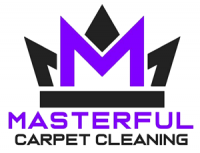Revitalizing Your Carpet: Repair Techniques for Wear and Tear
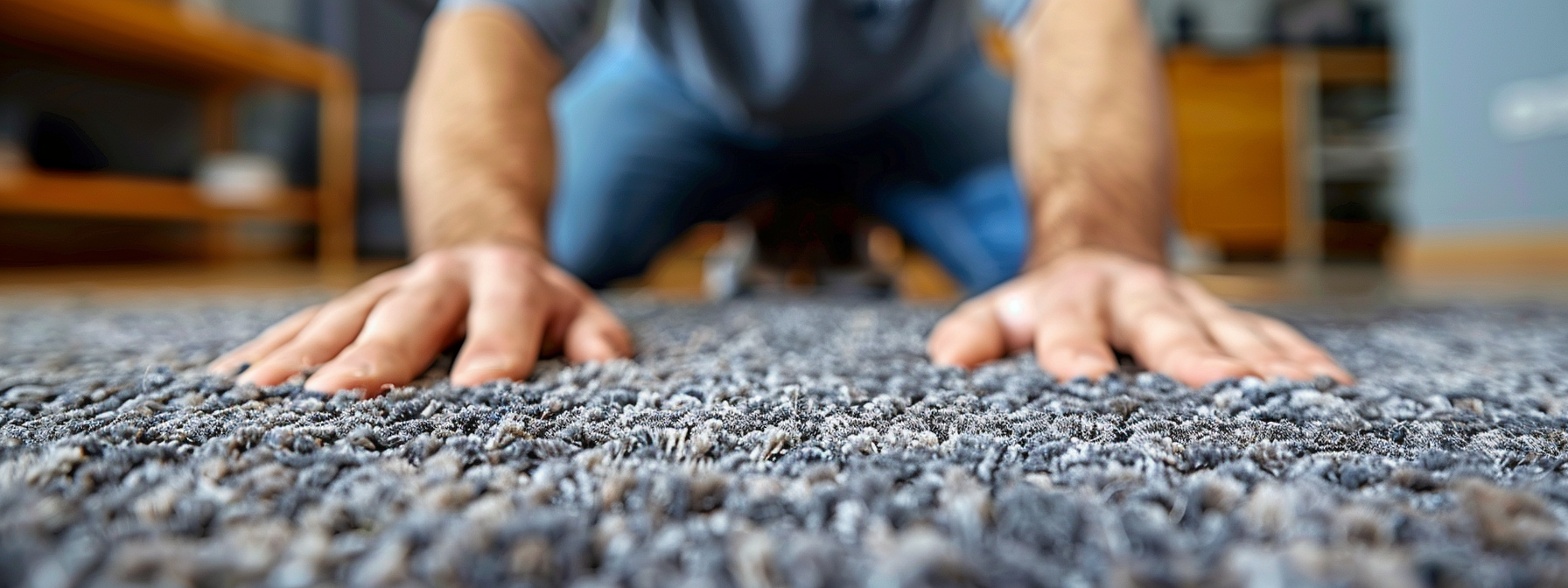
The maintenance of carpets is important for both their longevity and visual appeal. Proper care not only extends their lifespan but also ensures they continue to enhance the beauty of your space. Regular maintenance routines can significantly mitigate common issues, preserving the carpet’s comfort and appearance.
Identify Common Issues
Carpets commonly face challenges such as stains, fading, and matting. These issues, if left unaddressed, can diminish the overall aesthetic of your home. Immediate and consistent maintenance practices, such as dealing with stains swiftly and managing snags properly, are essential in preventing these problems from escalating.
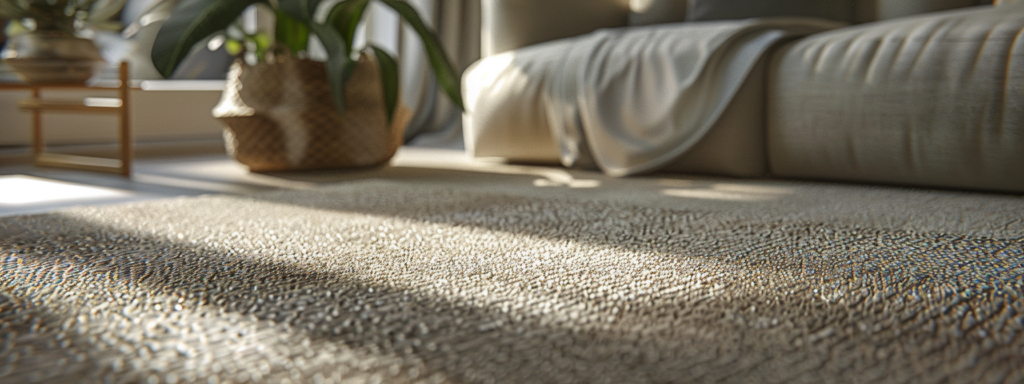
Carpet Revitalization
Carpet revitalization encompasses a series of measures aimed at repairing and maintaining the carpet’s appearance and functionality. This process includes routine cleaning actions like vacuuming and spot cleaning, alongside more comprehensive measures such as professional deep cleaning and physical damage repair.
Purpose
The main objective of carpet revitalization is to prolong the carpet’s life and enhance the aesthetic appeal of your interior. Proactively addressing issues like stains, fading, and general wear ensures that your carpet remains a valuable and beautiful component of your home’s décor for many years.
By adhering to a regular maintenance schedule, which includes vacuuming, rearranging furniture to distribute wear evenly, and promptly addressing stains and snags, homeowners can significantly extend their carpets’ lifespan. Incorporating professional cleaning services at periodic intervals further revitalizes the carpets, restoring their vitality and maintaining their beauty and function over time.
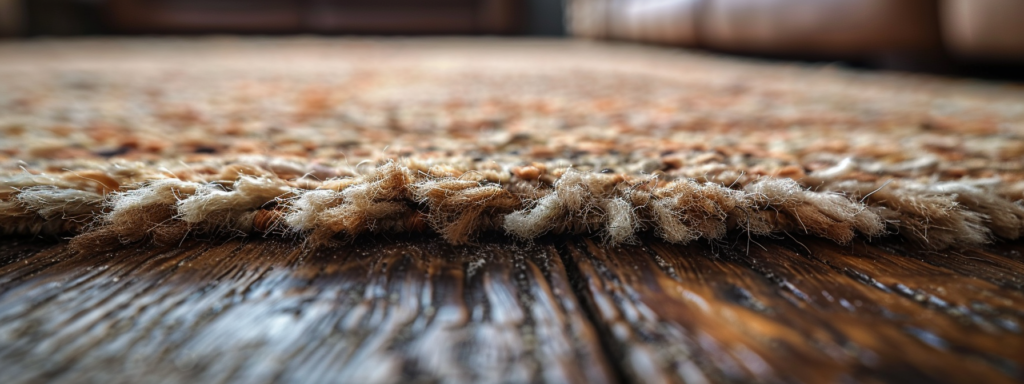
List of Common Carpet Wear and Tear Issues
- Fading: Carpets can lose their color and vibrancy over time, primarily due to sunlight exposure and the use of harsh cleaning chemicals. Protecting carpets from direct sunlight and following proper cleaning guidelines can help mitigate fading. In cases where the carpet has already faded, professional re-dying might be an option.
- Staining: Spills, pet accidents, and tracked-in dirt are common culprits behind carpet stains. Quick action is important for stain removal, with a variety of cleaning solutions available, from homemade mixtures to commercial cleaners. Stubborn stains might require professional cleaning services.
- Matting: The compression and flattening of the carpet pile in high-traffic areas are known as matting. It results from heavy foot traffic, improper vacuuming, and inadequate cleaning. Regular maintenance and choosing carpets designed to withstand heavy traffic can prevent matting.
- Fraying: The edges or seams of carpets may unravel over time due to high traffic, harsh cleaning, improper installation, or natural wear. Regular vacuuming and gentle cleaning can prevent early fraying. In some cases, professional repair may be necessary.
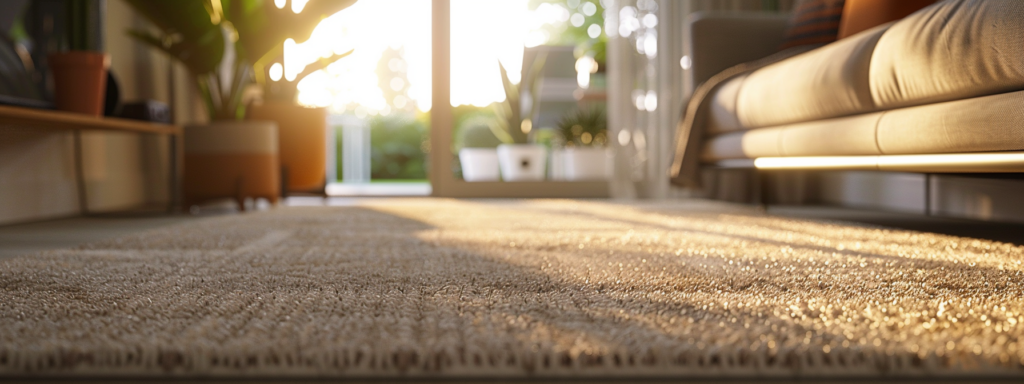
Repair Techniques for Each Type of Damage
- Stain Removal:
- Immediate Action: Address spills as soon as they occur using a clean cloth and an appropriate cleaner, whether a homemade solution or a commercial product.
- Deep Cleaning Tips: For set-in stains, consider professional cleaning or specialized stain removal products.
- Fading:
- Prevention: Limit exposure to direct sunlight and avoid using harsh cleaning chemicals that can strip color.
- Restoration: Consult a professional about re-dying faded carpets or replacing them if fading is extensive.
- Matting:
- Routine Maintenance: Regular vacuuming with the proper settings for your carpet type can help maintain pile integrity.
- Restoration Techniques: In some cases, professional cleaning can revive the look of matted carpets.
- Fraying:
- Preventative Measures: Use gentle cleaning techniques and avoid dragging heavy furniture across carpets.
- Repair Methods: Small areas of fraying can sometimes be trimmed or repaired at home, but extensive damage may require professional attention.
Addressing these common issues promptly and with the right techniques can significantly extend the life and beauty of your carpets, ensuring they remain a comfortable and attractive part of your home for years to come.
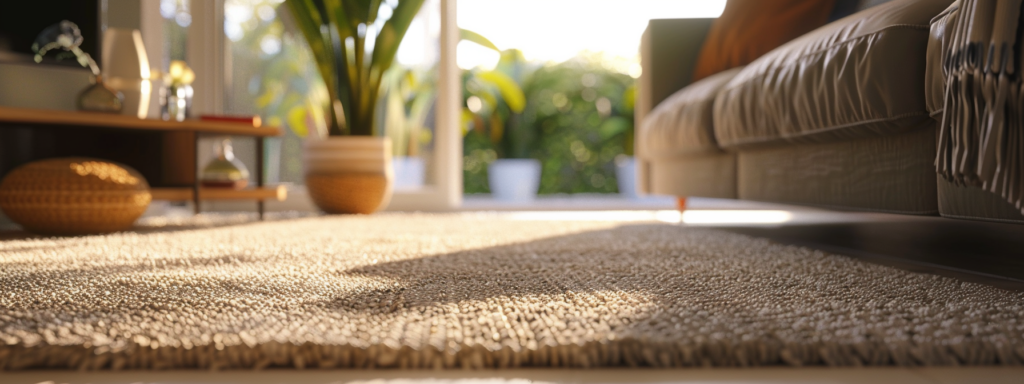
DIY Repair Techniques
Patching
To patch a small area of damaged carpet, you’ll need tools like scissors, a measuring tape, a utility knife, a permanent marker, carpet adhesive, and a seam roller. Start by assessing the damage and cutting out a piece of donor carpet that matches the original carpet’s pattern and size. Carefully remove the damaged section with a utility knife, then test fit and install the donor piece, ensuring it aligns properly. Use carpet adhesive to secure the patch and a seam roller to blend the seams for a seamless finish.
Seam Repair
For unraveling or separated seams, clean the area first and ensure both sides of the seam are intact. Apply a thin layer of seam sealer to the edge of the carpet where the seam has come apart. Press the seams together and use a heavy object to hold the seam in place until the sealer dries. This simple fix can prevent further unraveling and keep your carpet looking neat.
Stain Removal Recipes
For common stains, homemade solutions can be effective. One popular recipe involves mixing equal parts of white vinegar and water. Apply the solution to the stain, then blot with a clean cloth until the stain lifts. For tougher stains, a mixture of baking soda and water or using a specialized carpet stain remover before patching can be beneficial.

When to Call a Professional
Consider professional help if the damaged area is larger than 6 inches, if there are multiple large damaged areas, or if DIY attempts do not yield satisfactory results. Other signs include deep-set stains, extensive wear that affects the carpet’s integrity, or if the carpet requires specialized repair techniques beyond typical DIY capabilities.
Choosing a Professional
Select a reputable carpet repair service by looking for certified technicians, checking reviews and ratings, asking for before-and-after photos of their work, and verifying insurance and warranties. It’s also wise to get multiple quotes to ensure you’re receiving fair pricing for the repair work.
DIY carpet repair techniques can be a cost-effective way to address minor damages and extend the life of your carpet. For more significant issues or if you’re unsure of the repair process, seeking professional help is the best course of action to ensure the longevity and appearance of your carpets.
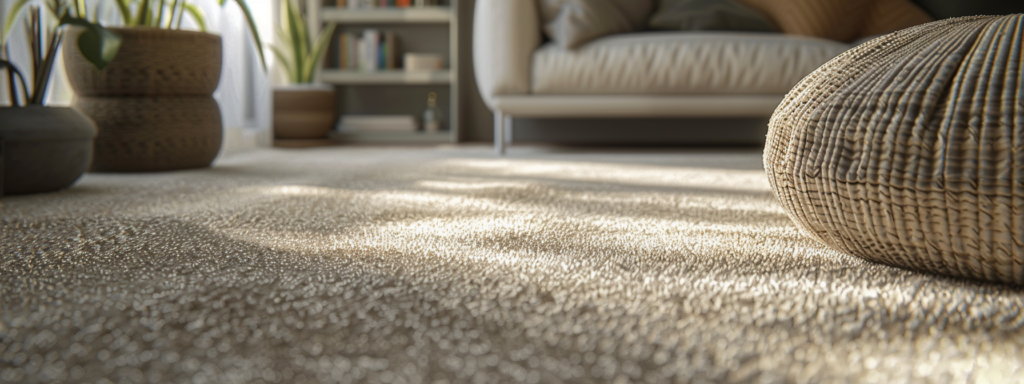
Maintenance Tips to Prevent Wear and Tear
Regular Vacuuming
Vacuuming your carpet on a weekly or bi-weekly basis is important to prevent dirt and debris from settling into the fibers, which can lead to wear over time. Quality vacuum cleaners are recommended to ensure thorough cleaning and to avoid damage to the carpet during the vacuuming process.
Professional Cleaning
Having your carpet cleaned by professionals 1-2 times each year is essential for addressing deeply embedded stains, dirt, and odors. Professional cleaners use advanced techniques and equipment to rejuvenate your carpet, maintaining its durability and freshness.
Immediate Stain Treatment
Address spills and stains as soon as they occur to prevent them from settling into the carpet fibers. Use appropriate cleaning solutions and techniques for the type of stain, and consider hiring professional cleaners for stubborn stains that you cannot remove yourself.
Maintaining Your Carpet
Maintaining your carpet and preventing wear and tear involves regular care, such as vacuuming, professional cleaning, and immediate stain treatment. By implementing these practices, you can significantly extend the life of your carpet, ensuring it remains a beautiful and comfortable part of your home for years to come.

Frequently Asked Questions
How can I identify signs of carpet wear and tear?
Signs of carpet wear and tear include matting, discoloration, fraying edges, and visible paths where foot traffic is heavy. Regular inspection can help identify these issues early.
What causes carpet wear and tear?
Carpet wear and tear are caused by daily foot traffic, spills, furniture movement, and exposure to sunlight. Over time, these factors contribute to the degradation of carpet fibers.
How often should I vacuum to prevent carpet wear and tear?
To prevent carpet wear and tear, it’s recommended to vacuum at least weekly or bi-weekly. Regular vacuuming removes dirt and prevents it from embedding in the carpet fibers.
Can professional cleaning extend the life of my carpet?
Yes, professional cleaning can significantly extend the life of your carpet by removing deep-seated dirt and allergens, contributing to a healthier indoor environment and preventing premature wear.
What immediate steps should I take after a spill on my carpet?
After a spill, blot the area with a clean cloth to absorb as much liquid as possible, then apply an appropriate cleaning solution for the type of spill. Acting quickly can prevent the stain from setting.
How can I protect my carpet from furniture damage?
To protect your carpet from furniture damage, use carpet protectors under the legs of tables, chairs, and other heavy furniture to distribute the weight evenly and prevent crushing the carpet pile.
What role does sunlight play in carpet wear and tear?
Sunlight can cause carpet fading over time. Using window treatments such as curtains, blinds, or shades can help shield your carpet from intense UV rays and prevent premature wear.
Is there a way to repair fraying edges on my carpet?
Fraying edges can often be repaired by trimming the loose fibers or, in more severe cases, patching the area with a matching piece of carpet. Professional services are recommended for seamless repairs.
How can rearranging furniture help prevent carpet wear and tear?
Rearranging furniture periodically can help prevent constant wear and tear to the same pathways on your carpet by distributing foot traffic more evenly across different areas.
What type of vacuum cleaner is best for maintaining carpets?
A quality vacuum cleaner with adjustable settings for different carpet types is best for maintaining carpets. It should effectively remove dirt without damaging the carpet fibers.
Can DIY spot cleaning be effective for carpet stains?
DIY spot cleaning can be effective for carpet stains if done promptly with the right cleaning solution. For stubborn stains, professional cleaning may be necessary to fully restore the carpet.
How do I choose a carpet that will withstand wear and tear?
When choosing a carpet, consider factors like material, pile type, and maintenance requirements. Carpets designed for high traffic areas and made from durable materials are better suited to withstand wear and tear.
Investing in the longevity of your carpets not only enhances the aesthetic appeal of your home but also contributes to a healthier indoor environment. Stay proactive with your carpet maintenance routine to enjoy the lasting beauty and functionality of your carpets.
Author
-

As the Co-Owner of Masterful, Randy has been providing quality cleaning services to the Salem and Portland areas of Oregon for many years. He has built a reputation for excellence in the industry. His team take prides in using the latest cleaning techniques and technologies to deliver exceptional results every time.
View all posts
